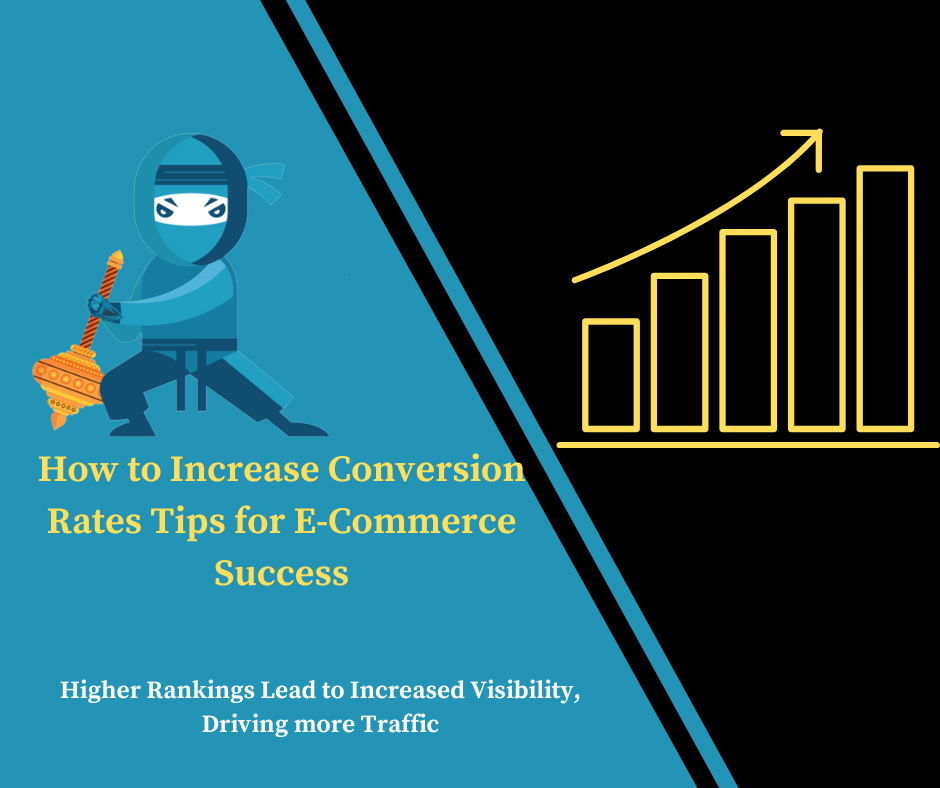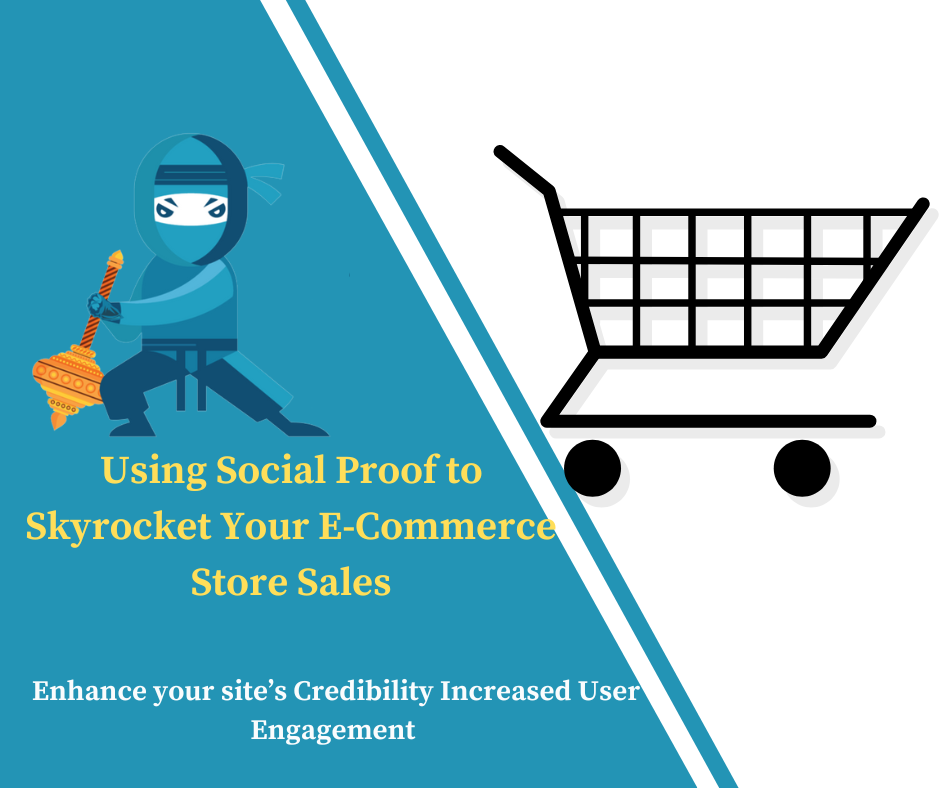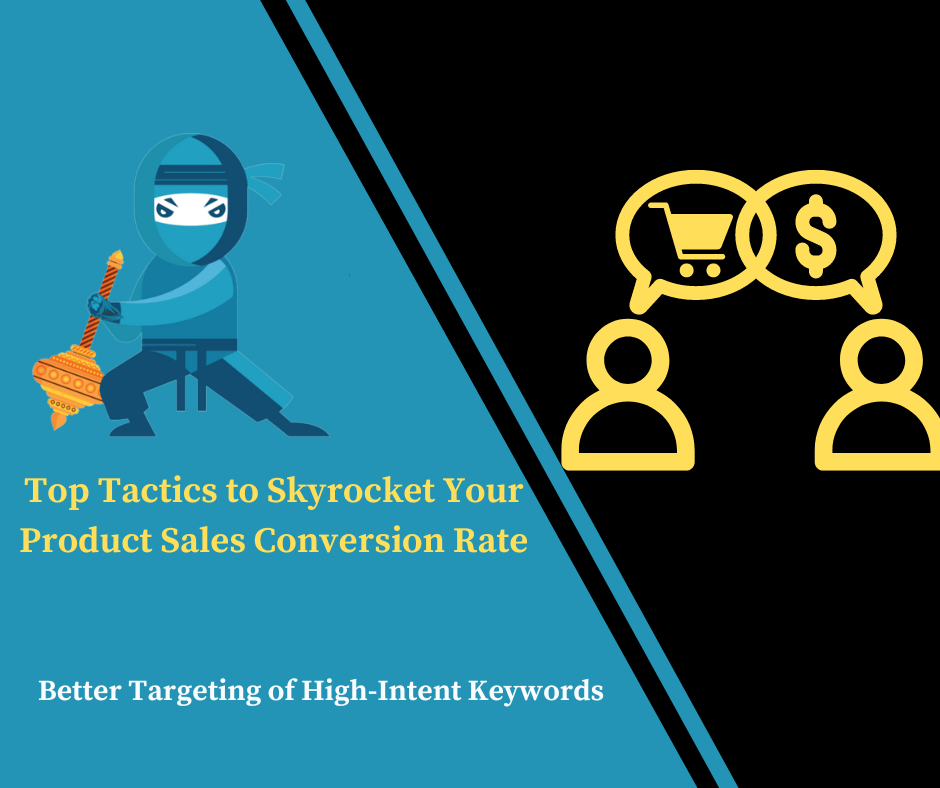How to Increase Conversion Rates Tips for E-Commerce Success

How to Increase Conversion Rates: Tips for E-Commerce Success
In the ever-competitive world of e-commerce, it’s essential to constantly seek ways to optimize your site and improve customer engagement. One of the most important metrics for any online business is the conversion rate—the percentage of visitors who take a desired action, like making a purchase, signing up for a newsletter, or downloading a resource. The ability to increase conversion rates is key to driving sales and ensuring your business thrives.
This article will explore proven strategies to increase conversion rates in e-commerce, helping you maximize traffic and turn visitors into loyal customers.
1. Optimize Your Website’s User Experience (UX)
To increase conversion rates, your website must offer an intuitive and enjoyable experience. Visitors should be able to easily navigate through pages and find the products or information they need.
Simplify navigation: A clear, easy-to-use menu helps customers quickly find what they’re looking for.
Improve load speed: A slow-loading website is one of the biggest factors that drive visitors away. Studies show that a delay of even one second can decrease conversions by 7%. Use speed optimization tools, compress images, and choose a fast web host.
Mobile optimization: Ensure that your website is mobile-friendly. With more people shopping on their smartphones, a mobile-optimized site can significantly increase conversion rates.
2. Use Clear Call-to-Actions (CTAs)
A well-designed CTA can make all the difference when it comes to increasing conversion rates. Your CTA buttons should be visible and compelling.
Placement matters: CTAs should be prominently placed above the fold (visible without scrolling), but also repeated throughout the page for longer content.
Make them stand out: Use contrasting colors and bold text to grab attention. For example, a bright “Buy Now” button can help guide users toward completing a purchase.
Test different wording: Action-oriented phrases like “Get Started,” “Shop Now,” or “Claim Your Offer” tend to perform better than generic buttons like “Submit” or “Next.”
3. Enhance Product Pages with High-Quality Visuals and Descriptions
Product pages are critical to e-commerce success. The better your product page, the more likely you are to increase conversion rates. This means paying attention to both the visuals and the copy on these pages.
High-resolution images: Provide multiple images from different angles. Allow customers to zoom in for more details.
Product videos: Videos that show the product in use can significantly improve trust and understanding.
Detailed descriptions: Clearly describe features and benefits. Incorporate keywords naturally but don’t stuff the text. Keep it informative, concise, and engaging.
4. Simplify the Checkout Process
A complicated or lengthy checkout process can result in cart abandonment and missed opportunities to increase conversion rates. To keep customers from dropping off before finalizing a purchase, ensure your checkout process is as straightforward as possible.
Guest checkout options: Not all customers want to create an account. Offering a guest checkout option can remove friction.
Minimize form fields: Only ask for the necessary information. The more forms a user has to fill out, the more likely they are to abandon their cart.
Progress indicators: Let customers know how many steps are left in the checkout process. This helps reduce anxiety and gives them a sense of completion.
Multiple payment options: Offer a variety of payment methods, including credit cards, PayPal, and mobile wallets like Apple Pay and Google Pay.
Also read: 10 Tips: How to Speed Up Your Website for Faster Loading?
5. Build Trust with Customer Reviews and Testimonials
One of the most effective ways to increase conversion rates is by building trust. E-commerce customers are often hesitant to buy from brands they don’t know well. By showcasing social proof, such as reviews, testimonials, and ratings, you can alleviate their concerns and boost confidence.
Encourage customer reviews: Send follow-up emails asking customers to leave a review after their purchase.
Highlight testimonials: Display positive feedback from customers on your product pages, homepage, or a dedicated review section.
Include trust badges: Security badges (SSL certificates) and verified payment icons reassure customers that their transactions are secure.
6. Leverage Scarcity and Urgency Tactics
Creating a sense of urgency can encourage hesitant shoppers to make a purchase. Scarcity and urgency are psychological triggers that can lead to higher conversions.
Limited-time offers: Highlight promotions that expire soon to create a sense of urgency.
Low stock alerts: Indicating that a product is almost sold out can push customers to act quickly.
Countdown timers: Use countdowns on product pages or during checkout for flash sales or special promotions.
7. Personalize the Shopping Experience
Personalization is another powerful way to increase conversion rates. Tailoring the shopping experience to individual customers based on their browsing history, location, or preferences can help you better connect with them.
Product recommendations: Use algorithms to recommend products that customers are likely to purchase based on their previous interactions.
Personalized emails: Send tailored emails with product suggestions, discounts, or cart reminders.
Dynamic content: Display personalized messages, promotions, or offers based on visitor behavior.
8. Implement Exit-Intent Popups
Exit-intent popups are triggered when a visitor is about to leave your site. These popups can be used to capture leads or save potential sales.
Offer a discount: A well-timed discount or free shipping offer can entice visitors to complete their purchase instead of abandoning their cart.
Capture email addresses: Use exit popups to gather emails by offering a free resource, newsletter, or special deal in exchange for signing up.
9. A/B Test Your Website Elements
To increase conversion rates, you must continually optimize your site through A/B testing. This involves testing two variations of a webpage element (such as CTA buttons, headlines, or images) to determine which performs better.
Test different layouts: Try changing the structure of your product pages or homepage.
Experiment with CTAs: Modify CTA text, colors, or placement to see which version has higher engagement.
Analyze the data: Use analytics to measure the performance of each test and implement changes based on your findings.
10. Retarget Abandoned Carts
Retargeting customers who have abandoned their carts can help you recover lost sales and increase conversion rates. Tools like email reminders or retargeting ads on social media are effective ways to re-engage customers.
Abandoned cart emails: Send automated emails reminding customers of the items they left behind. Include a discount or incentive to encourage them to complete the purchase.
Retargeting ads: Use ads on platforms like Facebook or Google to show personalized ads to customers who have visited your site but didn’t make a purchase.
FAQ:
What is a good conversion rate for e-commerce?
A good e-commerce conversion rate is typically between 2% and 5%. However, rates can vary depending on your industry and target market.
How do I increase conversion rates for my online store?
To increase conversion rates, focus on improving website performance, offering a smooth checkout experience, personalizing the shopping journey, and using trust signals like customer reviews.
Why is my conversion rate low?
Low conversion rates can be caused by factors like slow website speed, poor mobile optimization, complicated checkout processes, and a lack of trust-building elements such as customer reviews or security badges.
How can A/B testing help me increase conversion rates?
A/B testing allows you to experiment with different website elements, like headlines or call-to-action buttons, to see which version performs better. This data-driven approach helps improve your site’s performance.
What role does trust play in conversion rates?
Trust is a key factor in conversion rates. Shoppers are more likely to buy from websites that show social proof, like reviews and testimonials, and display security badges to protect their personal information.
Conclusion
In the highly competitive e-commerce landscape, increasing conversion rates is crucial for turning site visitors into paying customers. By implementing effective strategies and focusing on optimizing key elements of your online store, you can significantly boost your conversion rates and achieve e-commerce success. Start by enhancing your website’s user experience. A user-friendly design, intuitive navigation, and fast-loading pages are fundamental to keeping visitors engaged and guiding them through the purchasing process. Ensure that your site is mobile-responsive, as a significant portion of e-commerce traffic comes from mobile devices.
if you need any help with your product Sales Page? then contact us



